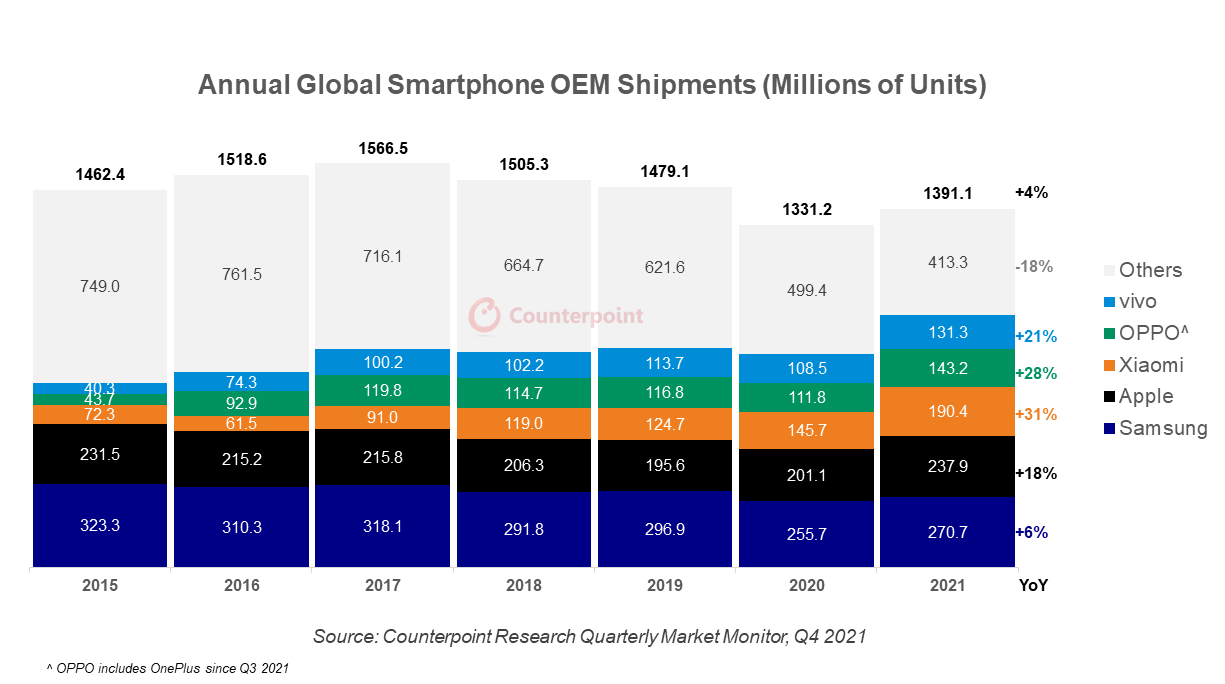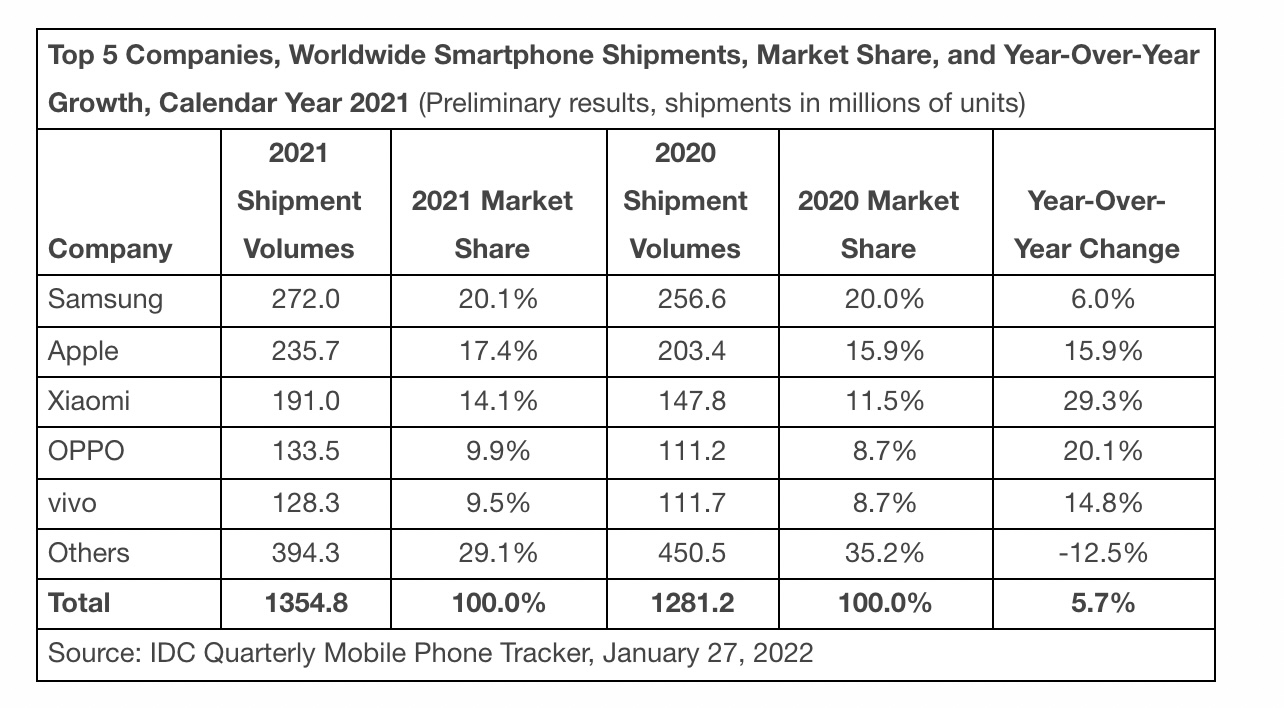As just about everyone knows, you can order anything from Amazon. However, where a lot of us get a bit confused is just exactly how what we order actually gets to our doorstep. Yeah, yeah – for many of us Prime members we know that it will arrive in two days (or less), but just exactly how does it get there? It turns out that the answer to that question has been bothering the Amazon product managers also and so they’ve taken a look at their product development definition and come up with an answer to this issue: Amazon is rolling out their own home delivery service.
The New Amazon Home Delivery Service
Packages can make their way to your house in a number of different ways. Here in the U.S. there are three primary ways for packages to be delivered: via the U.S. postal service, UPS, and FedEx. In many urban areas there is a fourth way also: independent delivery vendors who Amazon has contracted with to deliver packages to your house.
Amazon is getting ready to upset the status quo by introducing its own home delivery service. In order to make this new delivery service a success in an already crowded market, Amazon is planning on trying to steal customers away from UPS and FedEx. The way that they want to accomplish this is by trying to solve two common customer complaints: fuel surcharges and various extra fees that end up driving up the cost of delivering a package to a home. If Amazon can get rid of these charges, then their product managers will have something to add to their product manager resume. This new service will be called “Amazon Shipping” and has initially been testing in Los Angles and London.
The service that Amazon is planning on offering to their customers involves having Amazon pick up shipments from merchants’ warehouses and deliver them directly to the customers who bought them. This type of end-to-end service works well with the types of products that Amazon sells on its web site.
How Amazon Thinks That It Can Win The Delivery Battle
Amazon has a plan for getting people to sign up for its new delivery service. Amazon is promising that they will do away with many of the charges that traditional package delivery services charge in order to boost their revenues. These charges can include such items as extra charges to delivery packages to homes during peak holiday seasons or on weekends. By offering guaranteed service with none of the standard surcharges Amazon is hoping to undercut the existing delivery service market.
Surcharges can total US$3.80 per package at FedEx and $3.95 at UPS. The result of this addition is that the cost of delivering a package can increase by up to 40%. Delivery fees at FedEx are typically $8.81 and $8.71 at UPS. Standard package delivery services also impose a fuel surcharge that tends to fluctuates with market fuel prices. Currently, fuel surcharges are 5% at FedEx and 7% at UPS. UPS is also known for imposing additional surcharges for delivering packages during the holiday season.
People who have had a chance to take a look at Amazon’s shipping rates say that they are averaging roughly 10% lower than UPS and FedEx. Amazon’s delivery service has been designed to deliver packages to homes, not businesses. What this means is that the costs of residential delivery are factored in from the start and this eliminates the need for a surcharge. The Amazon product managers are choosing now to introduce this service because they want to deliver more of their own packages and they’d like to be less reliant on the U.S. postal service as well as UPS and FedEx. The reason that they are trying to do this is because everyone’s rates keep increasing by about 5% annually.
What All Of This Means For You
The Amazon product managers have a real challenge on their hands. Amazon has become the place that everyone goes to place their online orders. After the orders have been placed, the real challenge begins: the products have to be delivered to your doorstep. This is where the Amazon product managers are going to have to take a look at their product manager job description and become clever.
Currently, Amazon products are being delivered to people’s homes using one of three main services: the U.S. postal service, UPS, or FedEx. Additionally, 3rd party delivery services can be used in some urban areas. Amazon is going to introduce its new delivery service and they hope to make it successful by stealing customers from both UPS and FedEx. Amazon hopes to win over customers by doing away with fuel surcharges and other extra fees. Amazon will pick products up from warehouses and deliver them to customer’s homes. Amazon hopes to win over new customers by promising to do away with all extra fees. Surcharges and fuel charges can easily cause the cost of delivering a product to double. Amazon’s service will focus on delivering packages to residential homes and the service has been designed to do this and so no extra surcharges are required.
Creating their own home delivery service sure seems like it is a natural extension of what Amazon does. Since getting the packages that are in its warehouse to customer’s homes is such a critical part of their job, taking over the delivery service is one way that Amazon can keep control over rising delivery prices. This is a crowded market and all three of the main players will not sit still as Amazon enters this market. Things are going to change and we’re going to have to see if Amazon’s new service is going to be nimble enough to deal with everything that will be thrown at it.
– Dr. Jim Anderson
Blue Elephant Consulting –
Your Source For Real World Product Management Skills
Question For You: Do you think that it is smart for Amazon to try to get into a new market that has three strong players already?
 Click here to get automatic updates when
The Accidental Product Manager Blog is updated.
P.S.: Free subscriptions to The Accidental Product Manager Newsletter are now available. It’s your product – it’s your career. Subscribe now: Click Here!
Click here to get automatic updates when
The Accidental Product Manager Blog is updated.
P.S.: Free subscriptions to The Accidental Product Manager Newsletter are now available. It’s your product – it’s your career. Subscribe now: Click Here!
What We’ll Be Talking About Next Time
Restaurant product managers have a difficult job these days. It has always been a challenge to get people to come to your restaurant and spend money. However, with the arrival of food delivery services that will now take a restaurant’s food to anyone’s home, things have become even more complicated and it may be time for them to change their product development definition. The challenge and expense of running a restaurant while at the same time trying to make money from supporting a take-out operation has become a very challenging thing for any product manager to do. That’s why some product managers have come up with a radical new way to solve their problems.
The post Can Amazon’s Product Managers Deliver The Goods? appeared first on The Accidental Product Manager.





